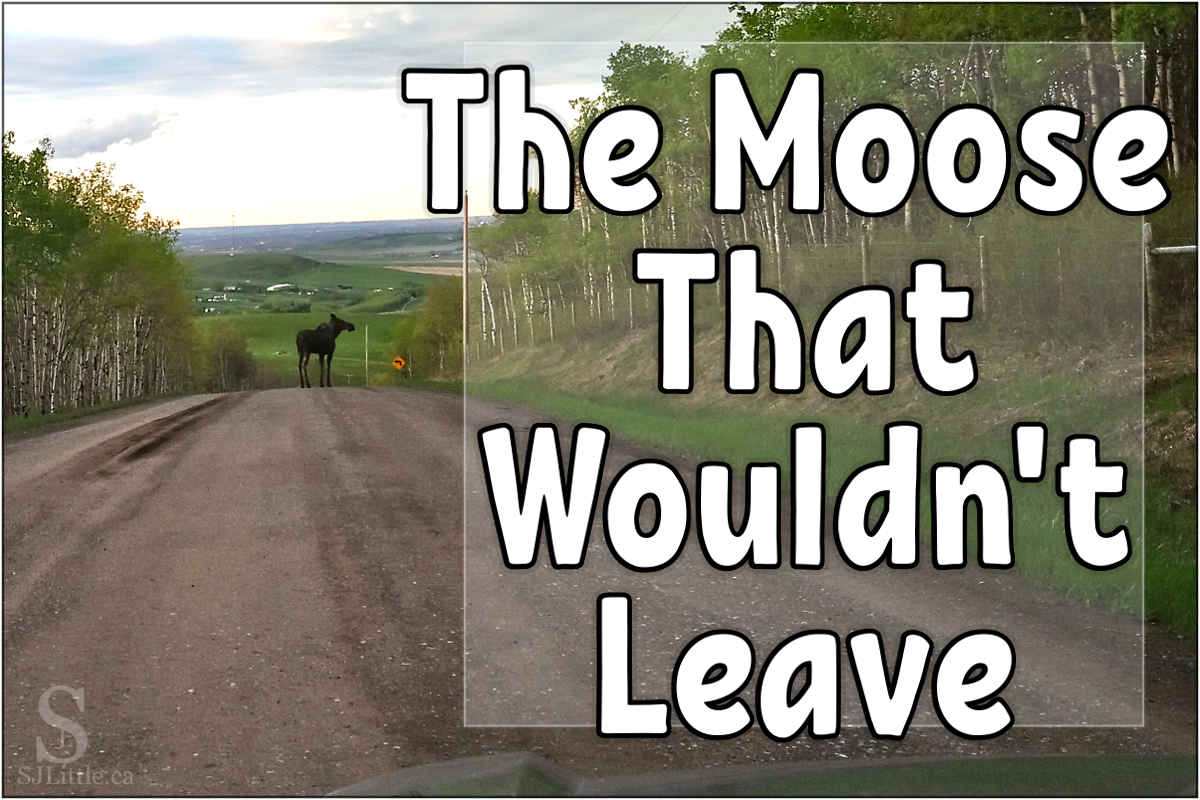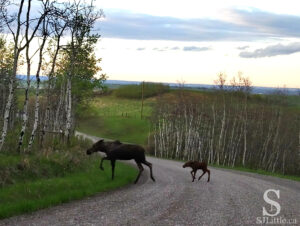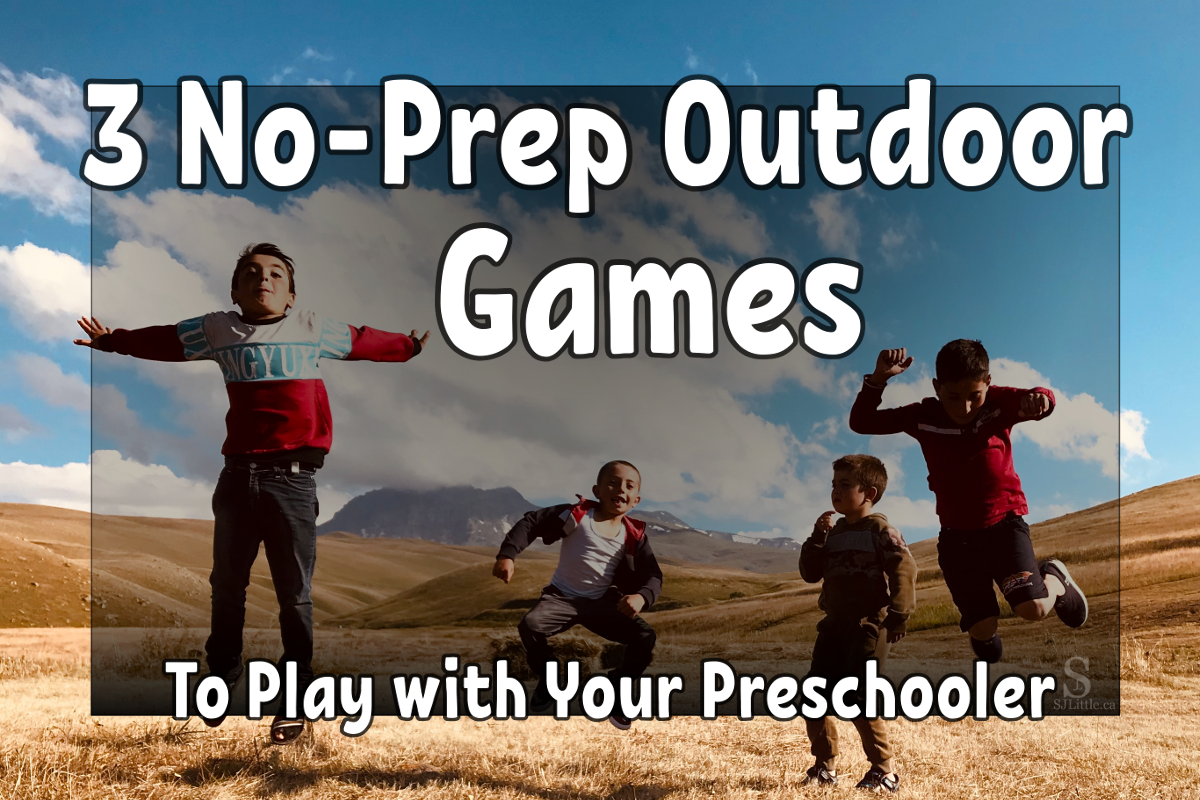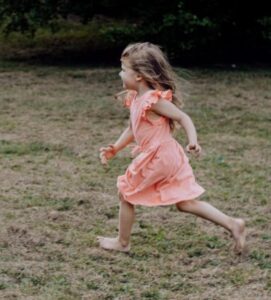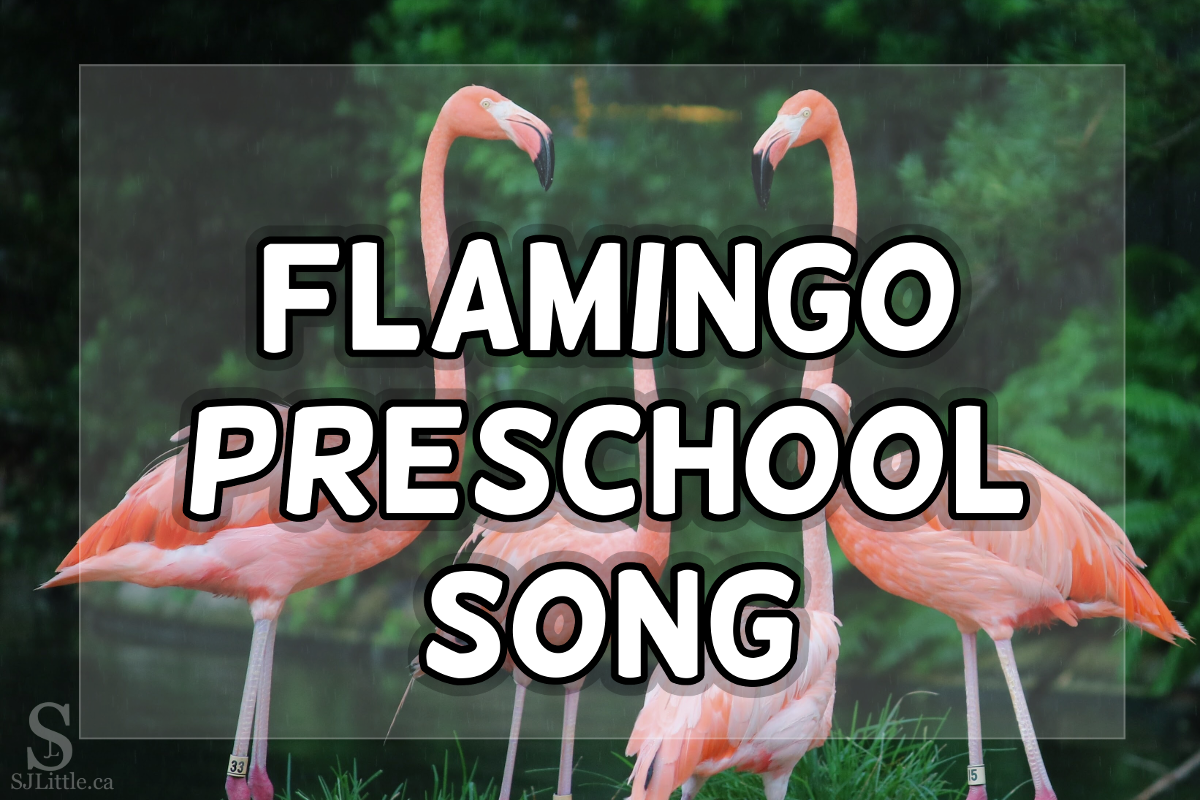
Not long ago, I created this brand new preschool song. It fits well with themes such as: Summer, Birds, Zoo, and Pink. The actions include standing on one foot which is a valuable skill for preschoolers to practice as they strengthen their gross motor muscles.
Did you know?
- Flamingos sleep while standing on one leg.
- Flamingos get their pink colour from their diet of shrimp and algae.
As this is an original song, please be sure to include my name as the songwriter any time you share this song.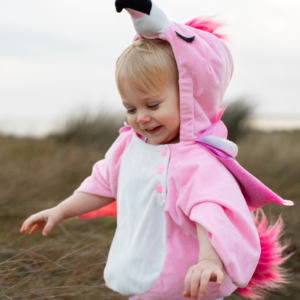
The Flamingo Song
Words by: S. J. Little
Tune: Are You Sleeping
Flamingos flapping, flamingos flapping,
Big pink wings, big pink wings.
Flying through the sky, flying through the sky.
Time to land! Time to land!
Flamingos standing, flamingos standing,
On one foot, on one foot,
Sleeping while they’re standing, sleeping while they’re standing,
Time to wake! Time to wake!
Actions
- Flamingos flapping – flap your arms
- Big pink wings – flap your arms bigger
- Flying through the sky – tilt your body while flapping your arms to suggest soaring through the sky
- Time to land! – Stomp and emphasize the word “land”
- Flamingos standing – stand on one foot
- On one foot – stand on one foot and hold up one finger
- Sleeping while they’re standing – pretend to sleep while still standing on one foot
- Time to wake! – startle awake and emphasize the word “wake”
I hope you and your children enjoy this original flamingo song. If you do, don’t forget to join my email list to stay tuned for more unique preschool songs.
Looking for more animal songs? Check out If You Want To Be A… (Preschool Animal Song)



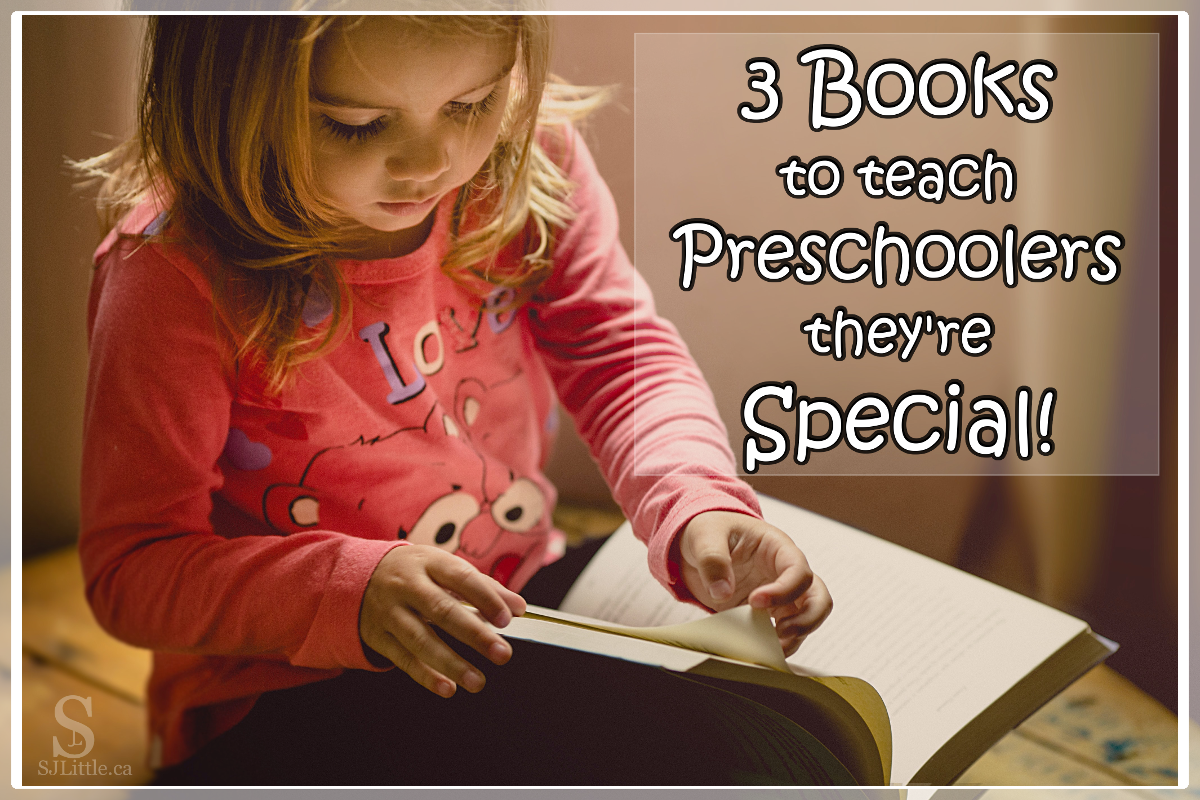

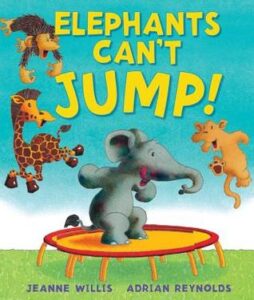 Elephants Can’t Jump
Elephants Can’t Jump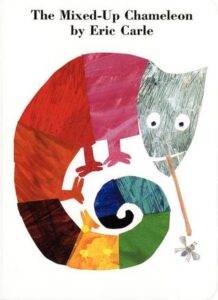 The Mixed-Up Chameleon
The Mixed-Up Chameleon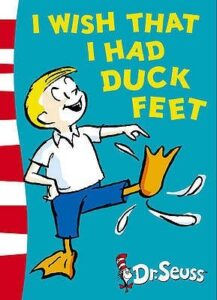 I Wish I Had Duck Feet Written by Dr. Seuss, Illustrated by B. Tobey
I Wish I Had Duck Feet Written by Dr. Seuss, Illustrated by B. Tobey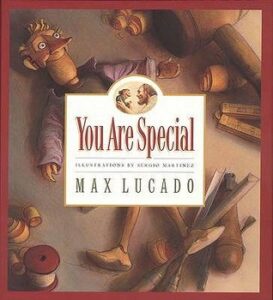 You are Special Written by Max Lucado, Illustrated by Sergio Martinez
You are Special Written by Max Lucado, Illustrated by Sergio Martinez